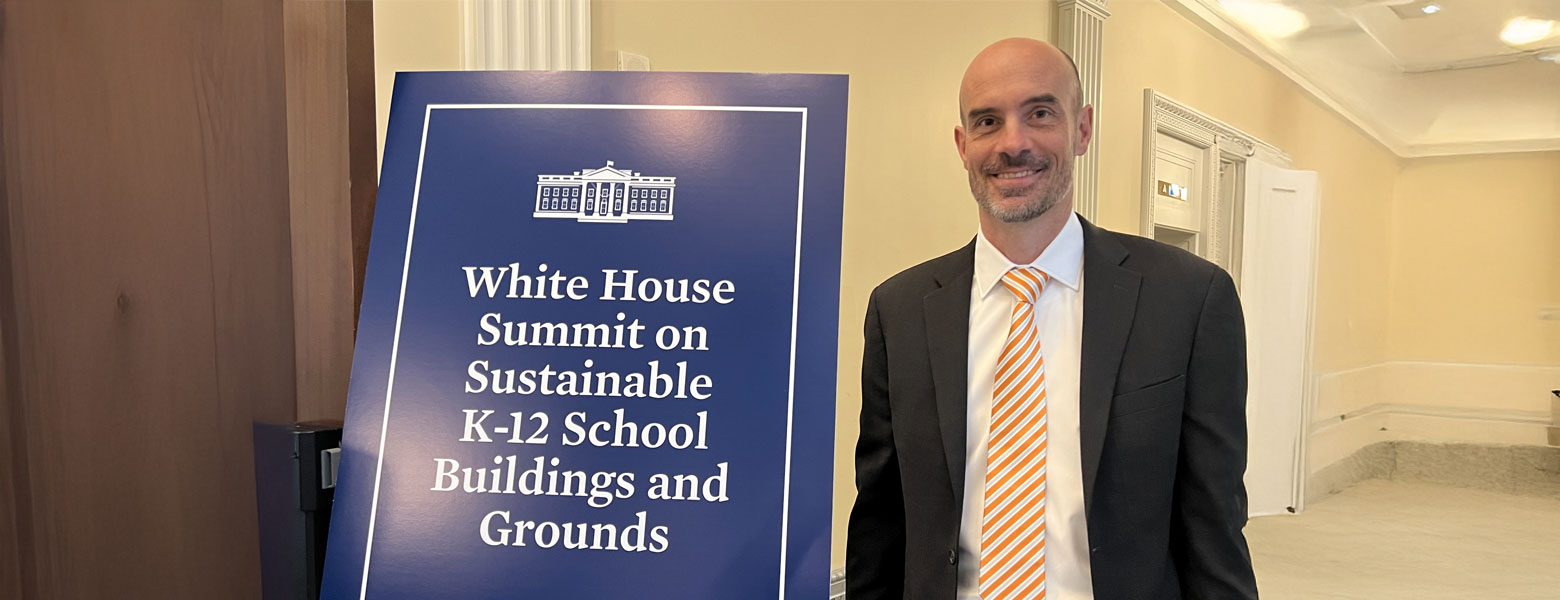Healthy Buildings
By placing health as the north star in how we approach our buildings, we can transition from the sick to the healthy building era. This massive opportunity presents one of the greatest public health interventions of this century.
Healthy Buildings Research
Our program aims to harness the power of research, business collaboration, and commonsense messaging to advance solutions for some of the world’s most pressing challenges. This motivates the team to work hard, ask and answer important research questions, innovate, and translate knowledge into practical resources for people and communities everywhere.
Infectious Disease
Infectious Disease
Buildings should be the first line of defense to reduce the spread of respiratory infectious diseases.
Climate
Climate
Buildings are a key tool for climate action through sustainable design, energy-efficient technologies, and protection from extreme weather events.
Indoor Air Quality
Indoor Air Quality
Indoor air quality (IAQ) is a fundamental yet frequently underestimated aspect of our health.
Vulnerable Populations
Vulnerable Populations
Harnessing research to advance health for all, we must ensure that a future of healthy buildings benefits everyone, not just a select few.
The way we design and operate our buildings can make us sick, or keep us well.
Exercising, sleeping, non-smoking, eating well… Indoor air has been overlooked in conversations about healthy living for too long. The COVID-19 pandemic showed what a glaring mistake this was since nearly all transmission happened indoors. As Joseph Allen discussed in 60 Minutes, we have been living in the sick building era by design and choice. But now, it is time to usher in a new era where healthy buildings are the new norm for everyone, everywhere.
Watch VideoHealthy Buildings Impact
The decisions we make today regarding the built environment will determine our health and the health of our planet for generations. Therefore, Healthy Buildings must be part of the solution and become a global imperative.
The Los Angeles (LA) wildfires in January 2025 had a profound impact on air quality throughout the region. Smoke from wildfires can penetrate into our homes even when windows and doors are closed. It poses serious health risks given the significant amount of time we spend in our homes. The Harvard Healthy Buildings team worked […]
March 12, 2025 – Harvard Healthy Buildings Blog
Indoor Air Quality Vulnerable Populations
Buildings are at the center of both major public health and climate crises, but they also hold the key to solutions. They represent one of the greatest public health opportunities of this century. Therefore, the future of healthy buildings must be one where they are the norm for everyone, not just a privilege for a select few.
Joseph Allen
Director of the Healthy Buildings Program




